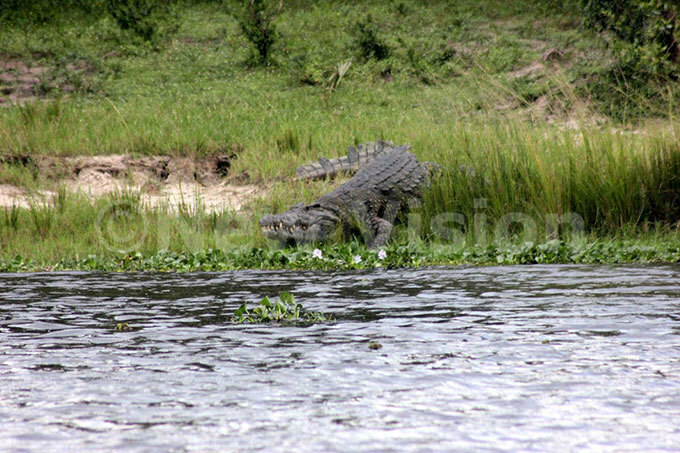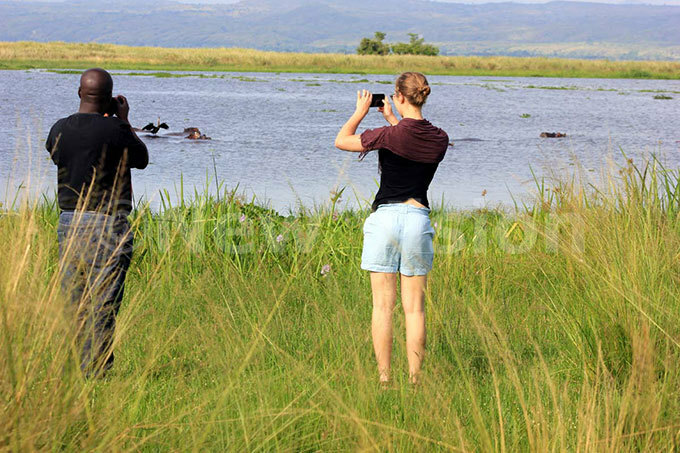The swift Nile crocodile
Mar 31, 2019
There are between 250,000 – 500,000 crocodiles surviving in the wild in the whole world.

WILDLIFE
Lying on all fours, blinking lazily as birds tweet and the waters slap the shores, at first glance the Nile crocodile looks harmless.
This heaviest reptile in world weighing between 500-550kb is responsible for the deaths of 200 human beings every year across the world.
"To avoid becoming a statistic, stay three meters away from it because they can stay motionless for two hours without breathing," says a ranger, Denis Odeng at Murchison Falls National Park.
"That is how it lives its life up to a ripe old age of 100 years."

Adding that, the young ones are brownish or greenish in color and can grow to the length of five meters.
"And they can live for twelve months without eating delicacies like: fish, snails or birds," asserts Odeng. "This is because they have a mechanism which stores all the fats in its tail. They depend on that when fasting."
Uganda Wildlife Education Center, Executive Director James Musinguzi says crocodiles have the appetite for anything that crosses its path.
"Do not see it lying deceptively, camouflaged and think it is slow or lazy," cautions Musinguzi. "In the time it takes your eyes to blink, that massive creature could aggressively spring into action.
The jaws have the hardest grip in the wild." Musinguzi divulges that the huge reptiles lay between 10 -110 eggs which hatch in a duration of 55-110 days.

Tourists risk becoming a snack as the Nile crocodile is really swift. (Photo by Titus Kakembo)
"The hatchling come out of the egg measuring 17.8centimeters," says Musinguzi. "These eggs are buried deep in the ground and both the male and female look out for predators that feast on the eggs."
There are between 250,000 - 500,000 crocodiles surviving in the wild in the whole world.
In Uganda they are seen basking on the shores of Lake Albert and in Murchison Falls National Park.
The Uganda Wildlife Authority spokesperson, Gessa Simplicious says the huge reptile is seen in Queen Elizabeth and Murchison Falls National Parks. They have also claimed lives in Mayuge in Eastern Uganda.
